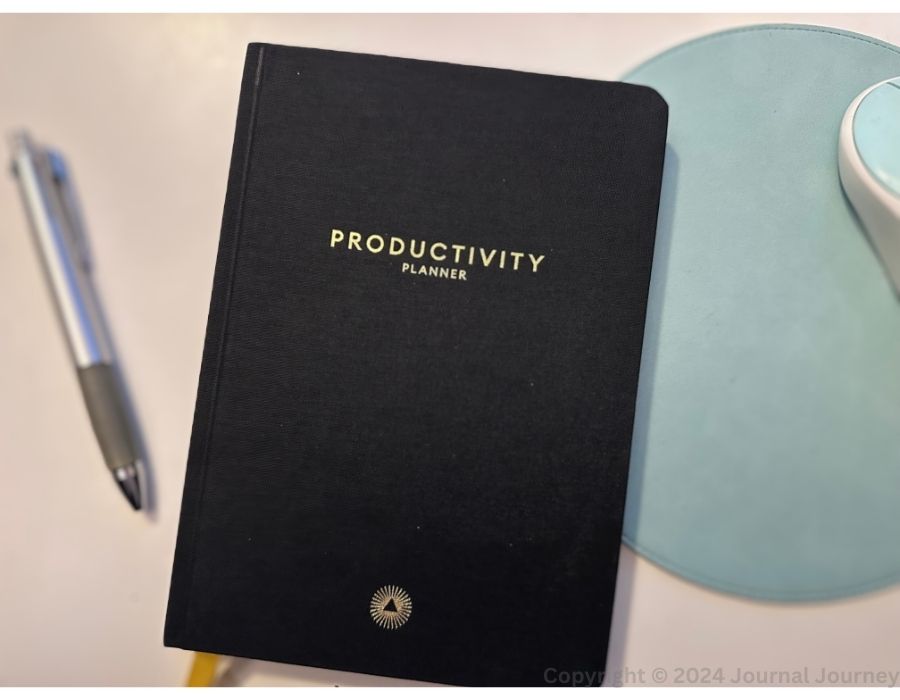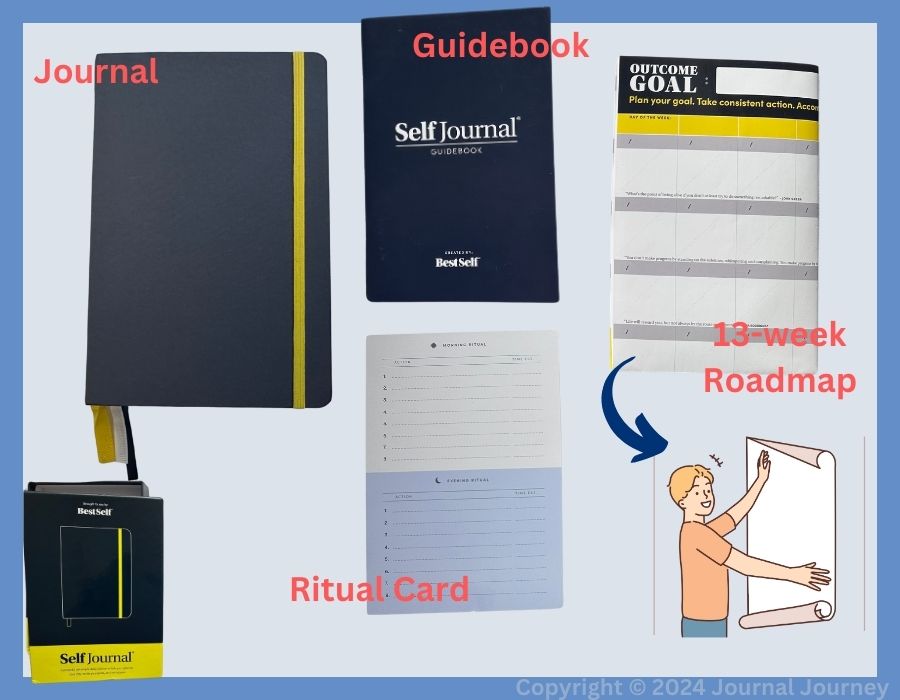Does the Pomodoro Technique truly boost my productivity?
My answer is definitely YES 🙂

Ever wonder how to get more done in less time?
If you’ve been in the working world for a while,
you’ve probably heard of the “Pomodoro Technique”
or that fancy term, “Pomodoro Timer.”
Let’s face it,
business jargon can be confusing,
and it’s hard to see
if it actually works in real life.
I’ve been on a quest for better productivity for over 20 years in my career.
I used to constantly beat myself up:
“Did I do enough?”
“Could I have done better?”
“How can I get more done, faster, and with better results?”
(Don’t worry, I still think about how to improve!)
But through trial and error,
the Pomodoro Technique has become one of my go-to methods.
In this post,
I’ll share 5 Pomodoro Technique tips I use daily
to get more stuff done.
Look,
there are many ways to be more productive,
but the Pomodoro Technique helps me stay focused
and avoid procrastination,
which ultimately means I get more done.
(Disclaimer: All opinions are my own. As an Amazon Associate, I earn from qualifying purchases.)
1. What, Why, and How
Let me quickly put What, Why, and How of Pomodoro Technique.
Pomodorot Techinique is 1 of the Time Management Framework.

Below is what is described on the source page:
You can quickly check if you are new to Pomodoro Techcnique
WHAT
The Pomodoro® Technique is a time management method developed by Francesco Cirillo in the late 1980s. It is a structured method made up of processes, tools, principles, and values to learn how to deal with time and turn it from a vicious predator to an ally to boost productivity. It is based on a series of principles built on self-observation and awareness.
Cirillo, Francesco. 2019. The Pomodoro Technique. Retrieved from https://www.pomodorotechnique.com/
WHY
The Pomodoro® Technique helps our brain recognise and observe those tricky moments and learn how to deal with them efficiently, which is so crucial in order to find functional answers and in the end to reach our goals.
Cirillo, Francesco. 2019. The Pomodoro Technique. Retrieved from https://www.pomodorotechnique.com/
HOW
Below is the step of “1 task” to proceed
- Select a task (approx. 2 hours)
- Set a 25-minute timer, and focus on a task
- Take 5-minute break
- Repeat above 30 minutes (step.2 and step.3 above) for 4 times
- Take longer break (15-30 minutes)

2. My Pomodoro TIPS
TIP 1: Plan, Record, and Review
To be more specific,
- Plan every day
- Record your activity every hour or every half an hour (approx. 2 weeks)
- Review every day or every week
Let’s Start 1 by 1.
What do I Plan?


You plan how many Pomodoros are used for each task.
The task will take…
– 3 Pomodoros (30 min x 3) ?
– 4 Pomodoros (30 min x 4) ?
You can just “estimate”
Why bother Planning ?


1. Visibility makes you aware, and keep track.
2. Control your hourly usage and generate output.
Back in the day,
I’d constantly get sucked into unimportant tasks.
I’d start working on Task A,
then hours later realize I’d been stuck on Task B,
which was totally low-priority for that day.
That’s why I started using a simple paper planner
to keep track of my daily to-dos.
Having your tasks written down in front of you
makes them real,
and it’s easier to stay on track.
Just a quick glance at my desk reminds me of my priorities,
no more getting lost in the weeds!
Got it. Next is Recording. What should I Record ?


1. # of Pomodoros (3 Pomodoros ? 4 Pomodoros?)
2. Focus level and Distractions
Why Record ?


Record helps you see where your time goes.
Think of keeping track
as gathering intel on your productivity.
The # of Pomodoro cycles you use
shows how much actual time you spend on a task.
OK. But Why Record “Distractions” ?


Keeping track of distractions
also helps you become a focus fighter!
Focus Fighter:
The less distracted you are,
the more you can stay on task.
To fight distractions,
you gotta know what your enemies are!
(I’ll talk more about battling distractions in a separate tip.)
Tracking Focus and Distractions:
Let’s talk about focus for a sec.
To get stuff done, you gotta focus, right?
And to focus,
you gotta minimize distractions.
So, to fight distractions,
you gotta know what they are!
Last it Review. What Do I Review ?


Taking a peek at your records is like
having a secret weapon for better productivity.
Here’s what you can learn:
- How good are you at guessing how long things take?
Compare your estimated Pomodoro cycles
to the actual number you used.
Are you a master time-predictor,
or do your tasks take longer than expected? - When are you most productive?
See if there are patterns to your focus levels
throughout the day or week.
Maybe you’re a morning person or an afternoon powerhouse. - What are your biggest distractions?
Knowing your distraction demons helps you fight them!
The more data you collect,
the better you can manage your time.
For example,
you can see how long similar tasks typically take,
which helps you estimate time better in the future.
No more underestimating those reports!
My Case
Here’s how I track my focus level based on distractions:
- Ninja Focus (Level 3): 0-1 distractions. Basically zen mode!
- Focused (Level 2): 2-4 distractions. Doing good, but a few interruptions.
- Easily Distracted (Level 1): 5+ distractions. Uh oh, gotta refocus!

Looking at my records,
I noticed I get sidetracked a lot by “curiosity rabbit holes.”
You know,
when something interesting pops up related to your task,
and suddenly you’re down a research black hole!
Totally not what we were supposed to be doing.
Examples of Distractions:
There are two main types of my distractions:
the ones from outside your head (external) and
the ones living rent-free in your brain (internal).
| External Attackers | – Phones itself – incoming calls/messages – notifications/alert – Colleagues – family members – company chat messaging – urgent meeting invitations |
| Internal Saboteurs | – Personal interest that is not directly related to the output of the task – non-priority tasks -Physical comfort (migraine, fatigue, backache) |
How I Slay my Curiosity Monster:
I use a trick to decide
if I should take an unplanned break to feed my curiosity.
I set a short timer, like 3 or 5 minutes,
and work on my task.
When the timer goes off,
I check if I’m still on track with the main task.
If so, I keep going with the 5-minute cycles for 30 minutes and see how long I can stay focused.
But, if I keep getting pulled off track every 5 minutes,
then it’s time to stop and take a real break.
This little test tells me if my focus energy is fried.
Tip2. Keep Mini To-Do List
Ever have a few minutes left in your Pomodoro session
and not sure what to do?
I feel you!
My Case
That’s why I keep a list of quick, small tasks in my planner.
This way, I can avoid wasting those precious minutes on low-priority stuff
like re-organizing my desk (been there, done that!).
Think of it as a list of “catch-all” tasks you can tackle
when you have a little extra time.
Tip3. Tailer to you
The beauty of the Pomodoro Technique is that
you can bend it to fit your needs.
Be flexible!
My Case
I change the timer length
depending on how motivated I feel about a task.
- Not Feeling It?
Try a 25-minute Pomodoro with a 5-minute break.
Shorter bursts can be easier to manage when you’re dragging. - In the Zone?
Go for a 50-minute Pomodoro with a 10-minute break.
When you’re on a roll,
a longer session can help you crank out more work.
The key is to avoid distractions – a 25-minute timer can actually pull you out of your flow state if you’re really focused.
Tip 4: Find Your Soundtrack
Some folks prefer complete silence,
while others like background noise.
Experiment and see what works for you!
There are tons of free options on YouTube you can search for under “Pomodoro timer sounds.”
My Case
Here are my current favorites for laser focus:
- Library Sounds
- Buddhist Chants
Tip 5: Break Time is Brain Time
Break time isn’t about scrolling through social media –
it’s about giving your brain a rest!
Do some stretches,
try a quick body scan meditation,
or take a walk.
My Case
Here’s my breaktime toolkit:
- Home Sweet Recharge:
Head to my dark bedroom, lie down,
and do some body scan meditation or stretching with my hot eye mask. - Office Oasis:
Slap on an eye mask,
pop in some noise-cancelling headphones,
and listen to nature sounds. - Nature Fix:
Open a window,
get some fresh air,
look at the trees
(bonus points for focusing on something far away). - Hydrate and Breathe:
Grab a glass of water
and take 4 slow, deep breaths with your eyes closed.
The key takeaway?
- Get away from your work zone.
- Create a calm space for your mind and body.
- Breathe and feel the present moment.
- Reconnect with nature (if possible).
3. The products I use
Pomodoro Timer
- Pomodoro Timer (3/5/10/15/25/30min & Custom) -> Click to Shop Here
- Pomodoro Timer (5/15/25/30/45/60min & Custom )-> Click to Shop Here
- TIME TIMER Home MOD-> Click to Shop Here
Productivity Planner (Pomodoro Trackers incl.)
- Intelligent Change – 3-Month Productivity Planner -> Click to Shop Here
- BestSelf SelfJournal -> Click to Shop Here
FYI – my product review (below)
Break-Time Gadgets
- Microwave Activated Warm Eye Compress -> Click to Shop Here
- Apple AirPods Pro (2nd Generation) -> Click to Shop Here
4. Summary
The Pomodoro Technique has totally been a game-changer for my productivity over the years.
I can see a huge difference when I look back at my old records.
Feeling stuck in a productivity rut?
My biggest tip is to start tracking your activity. Just writing down what you do can be an eye-opener! It’ll help you see where your time goes and how you can improve. Trust me, it’s worth a shot!



